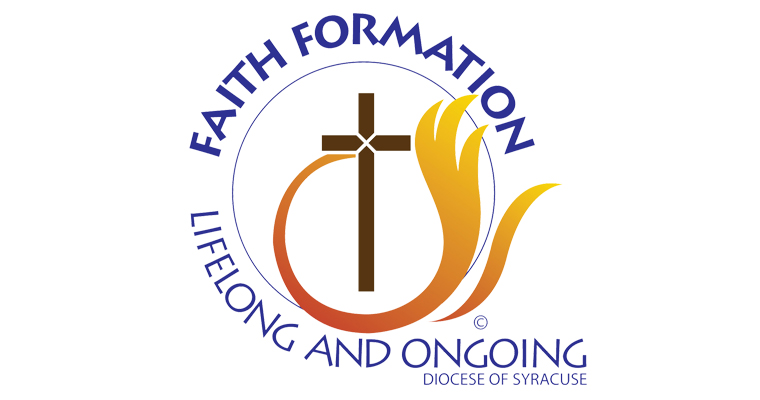By Andrea Slaven | Director, Office of Faith Formation
The Christian faith story has always been the same: the Good News of Jesus Christ! Our story has been shared and passed on for centuries in different ways. The very first way the story was shared in the early Church was simply by telling the story — word of mouth, so to speak! The story was repeated over and over from one person to another, much like an echo. In modern times, the term catechesis, which means “to echo,” has been used to describe the teaching and transmission of faith.
From the late 1800’s until the Vatican II Council, the Baltimore Catechism was used as the primary teaching text to assist with catechesis. This method of questions and answers to memorize worked for a time but new understandings of educational theory gave way to alternative teaching methods.
After Vatican II, the Catechism of 1992 was published, which then launched a variety of new catechetical materials. Educational methods in schools also changed from memorization to experiential learning. While the emphasis was still on “head knowledge,” including the evangelizing work of developing a personal relationship with Jesus was still needed.
Today, we continue to share the story in our families, in our liturgies, and in our catechetical programs. A more Christ-centered approach to learning has been introduced, emphasizing the need to evangelize hearts through prayer, Scripture, reflective sharing, and experiencing, as well as making clear faith connections to daily life. The learning sessions are changing, too: What was once desks or tables facing a catechist who taught the faith is now seen through interactive groups, family catechesis, faith in action, and liturgical experiences. As we understand the close relationship of evangelization and catechesis, St. John Paul II called us to an approach “new in its ardor, methods and expression” that leads each person into communion with Jesus. Catechesis is more than just knowledge of content; it’s knowledge of a person: Jesus! It is more than initiating individuals into the Catholic faith; it is forming lifelong missionary disciples of Jesus!
Catechists, those who are called to teach the faith, are not just teachers, but rather witnesses of the faith. Catechesis is not just about teaching the faith, but rather about forming disciples of Jesus. The Office of Faith Formation is working to encourage and support new efforts that parishes are implementing to strengthen Catholic families and form disciples. Our office is supporting new models of faith formation, training catechists to be authentic witnesses of the Gospel, and developing curriculum standards that support learning and discipleship through Christ-centered catechesis. We work with parishes to develop programs to help today’s families live the joy of the Gospel.
As new methods and models are being introduced, the Office of Faith Formation recognizes the need to be in community with one another and to accompany each other to know, live, and share the Gospel. The essence of community begins with the family. The Holy Family is the model we look at to see how faith, love, forgiveness, respect, mercy, and compassion are first experienced. Parishes are encouraged to develop their catechetical programs with families in mind, not just to partner with families, but to fully engage each person in the process of deepening their relationship with Jesus and the faith community.
As we come close to the end of the liturgical year and enter Advent, we as the Church family of the Diocese of Syracuse can reflect on our Christian story with the birth of Christ, our Savior. This is an opportune time to reflect on our spiritual lives and how each family member radiates the love of Christ in the world. The Good News is worth repeating; yesterday, today, and tomorrow!






